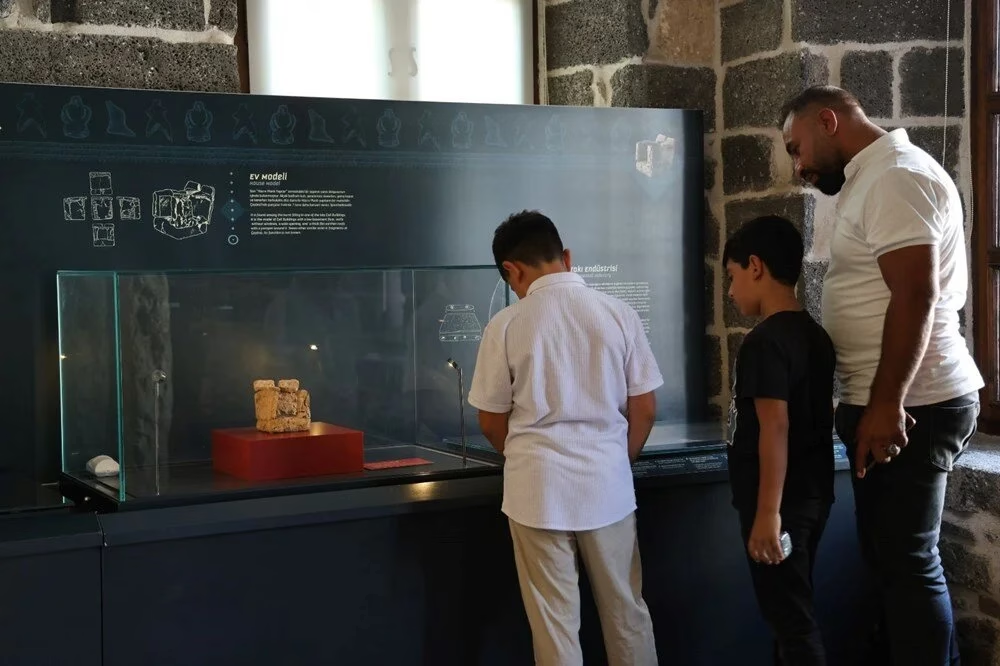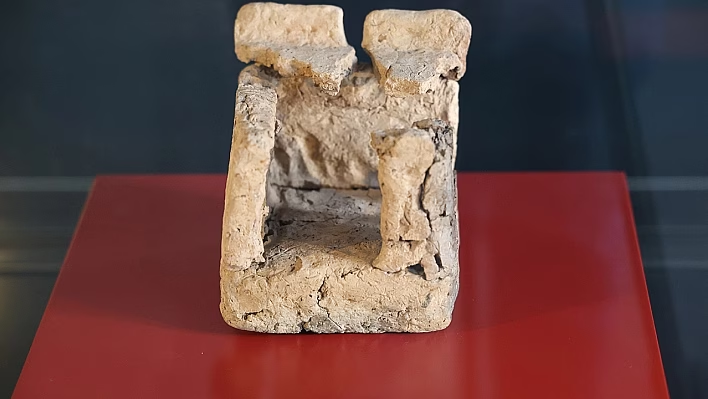A discovery that sheds light on human history: a 12,000-year-old house model unearthed in Çayönü Hill is now exhibited at the Diyarbakır Museum.
Located in Turkey’s southeastern Ergani district of Diyarbakır, the Çayönü archaeological site is one of the earliest known settlements from the Neolithic Period. In recent excavations, archaeologists uncovered what is considered to be the world’s first house model, offering a rare glimpse into prehistoric life. This unique structure is now open to the public at Diyarbakır Museum.
A Witness to 12,000 Years of Civilization
Excavations at Çayönü first began in 1964 under the leadership of Prof. Dr. Halet Çambel from Istanbul University and Prof. Dr. Robert John Braidwood from the University of Chicago. Today, the site is being excavated under the direction of Assoc. Prof. Dr. Savaş Sarıaltun from Çanakkale Onsekiz Mart University.
Çayönü is not only significant to Anatolia but is also considered a key cultural heritage site for the entire Near East and Levant, reflecting the transition from hunter-gatherer communities to agricultural societies.

Advanced Urban Planning in Prehistory
Assoc. Prof. Sarıaltun describes Çayönü as a highly organized community:
“The people of Çayönü showed great respect for one another while building their homes. Houses were aligned in such a way that they didn’t block each other’s entrances. Small alleyways separated them—an early form of urban planning.”
The site features a variety of cell-plan structures, considered crucial in understanding early architectural and social organization. These types of buildings offer insights into how different families may have lived side by side in a structured, cooperative layout.

The World’s First House Model Unearthed
Seventeen miniature house models have been discovered so far at Çayönü, but the most complete and well-preserved example is now on display at the Diyarbakır Museum. The model offers detailed insight into the architectural style and social habits of a community that lived over 10,000 years ago.
According to Dr. Sarıaltun:
“This house model is the earliest of its kind ever discovered. It shows that the people of that time not only built their homes but also created miniature versions of them—indicating advanced planning and symbolic thinking.”
An Unmissable Historical Artifact
The exhibition at the Diyarbakır Museum offers visitors a rare opportunity to witness one of humanity’s earliest architectural representations. The model bridges the gap between past and present, illuminating how some of the first settled humans lived, built, and thought.





